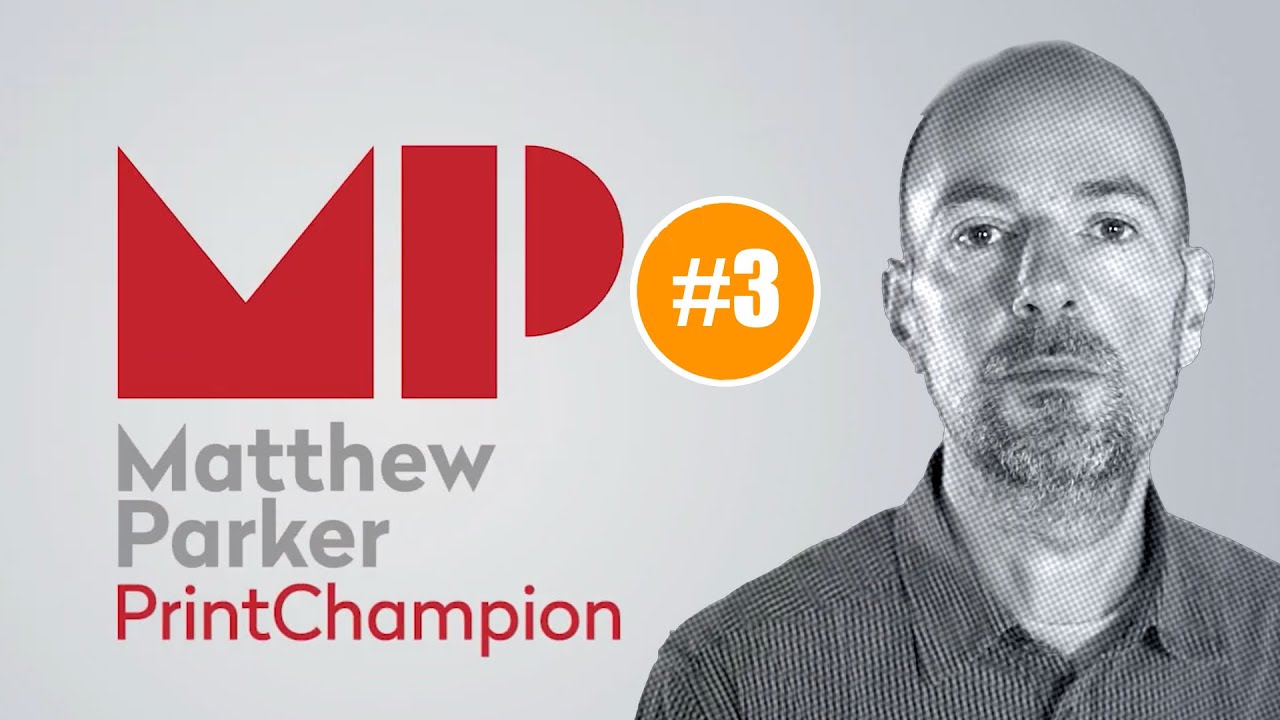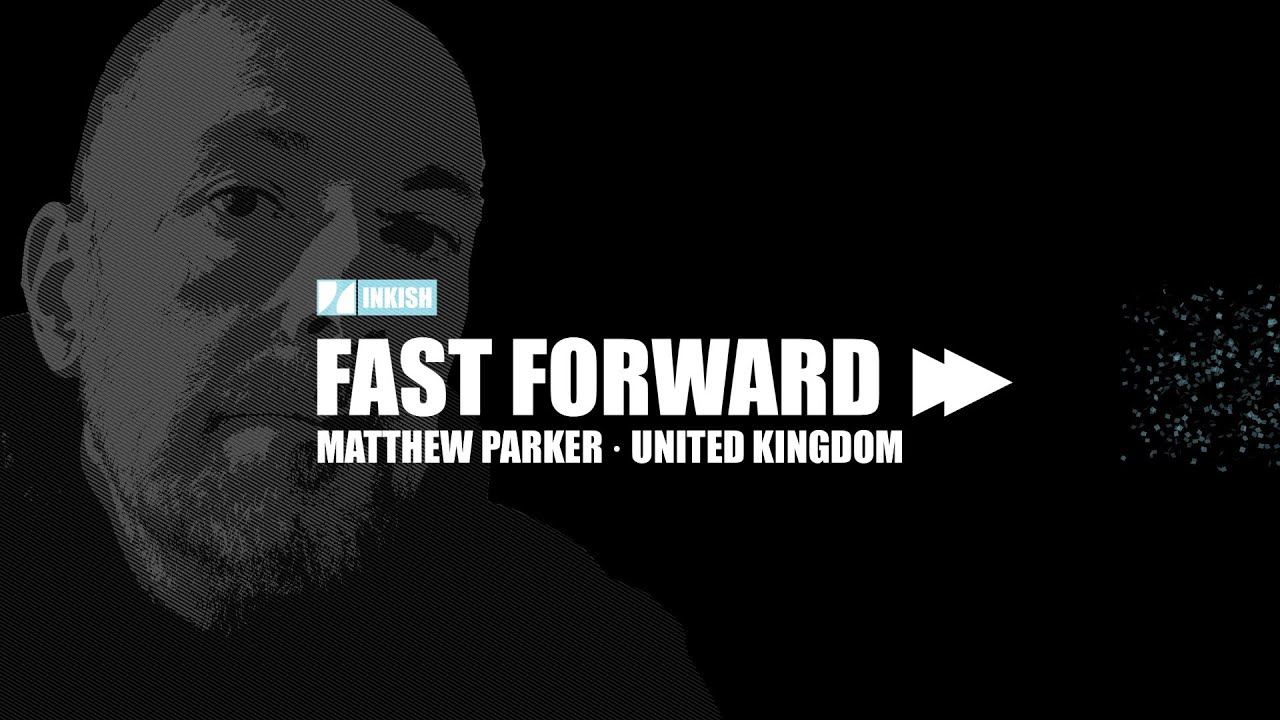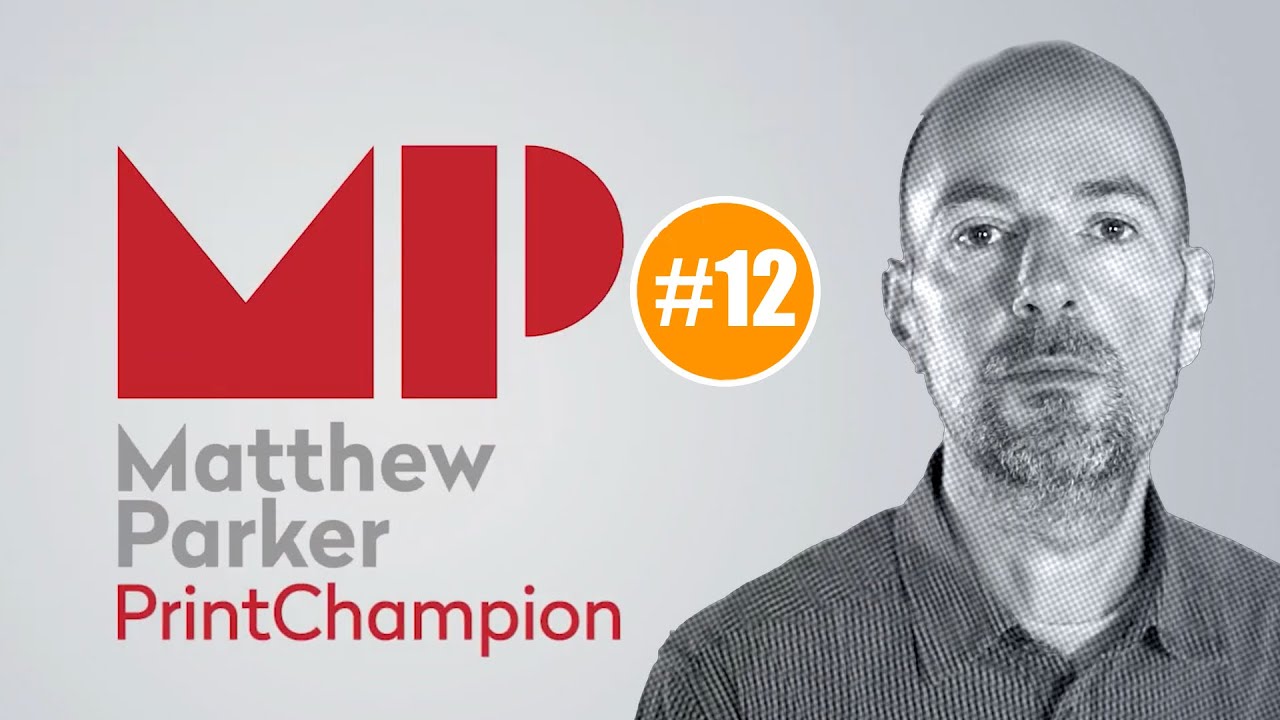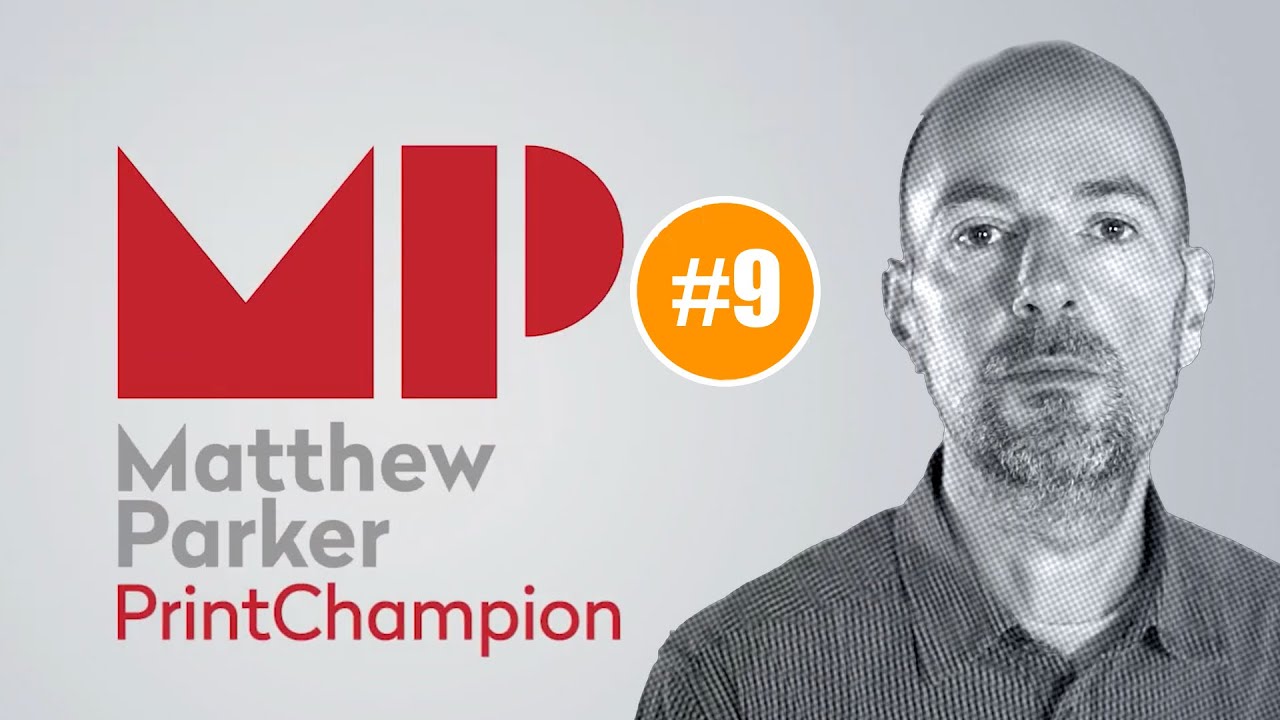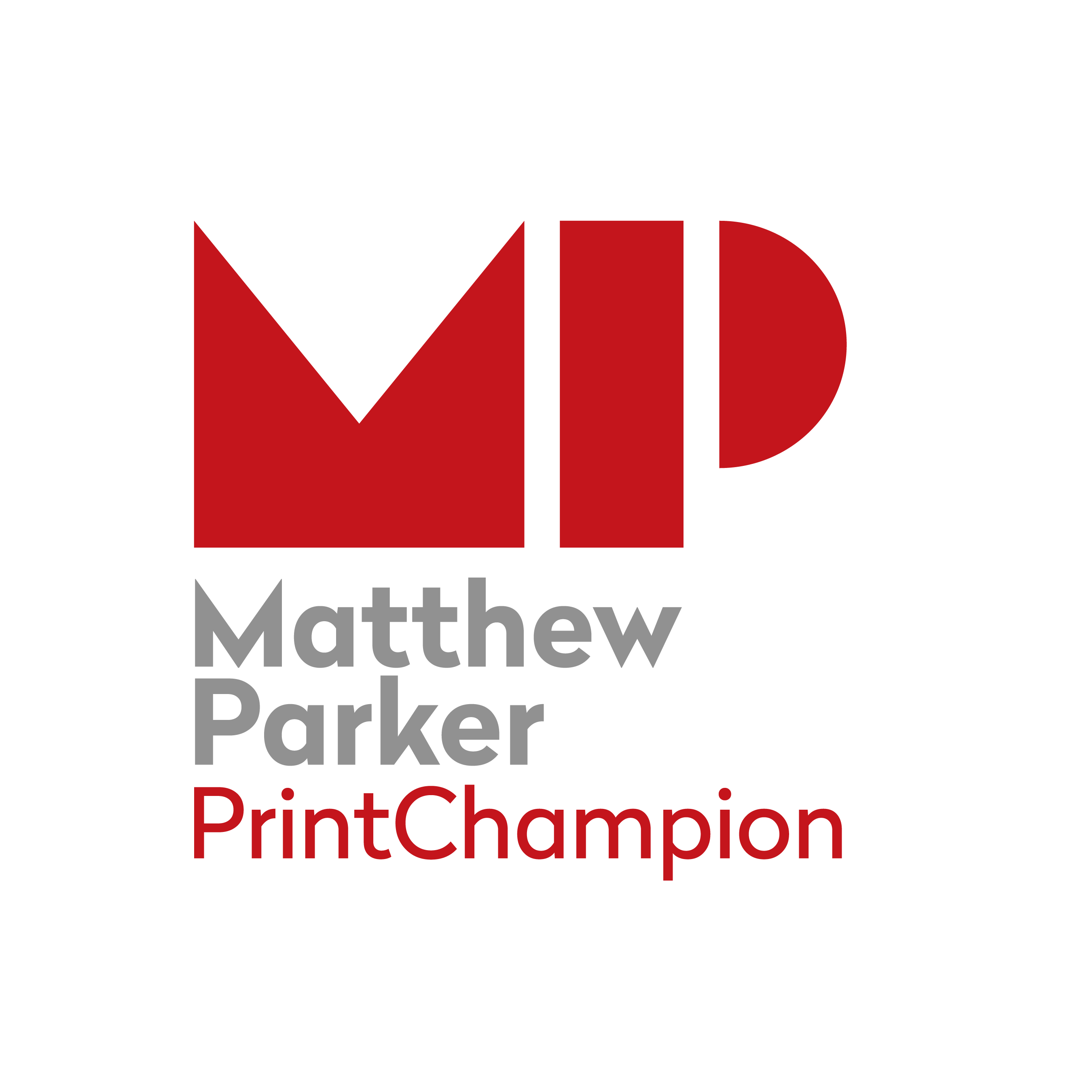Matthew Parker · 93% of your customers will give you a referral · Matthew Parker PrintChampion
Matthew Parker is an author, speaker and finally host on his very own Matthew Parker PrintChampion channel on INKISH.TV.
The ever-recurring questions are how you, as a printing company, can sell more? In this third episode, Matthew Parker explains how important referrals are and that 93% of your clients are willing to give you one.
Matthew Parker has a background as a print buyer himself and therefore is better than most to give you useful advises on what works.
As usual enjoy. Watch, listen, like, and share!
Hi, I’m Matthew Parker, the Champion of Print. Today, I’m going to talk you to you about a really simple sales strategy that your company should be using, and I just don’t get why more people aren’t using this.
Did you know that 93% of your customers are happy to give you a referral? These are stats done by research from the Dale Carnegie Institute. How many salespeople do you think actually ask for referrals? It’s just 11%. So if you put a structured referral system into your company you’re at a huge advantage because 89% of your competitors aren’t doing anything with referrals, which I just find crazy because it’s such a good way to get good new prospects, and prospects who are much more likely to convert to customers.
Quickly, let’s just go back to basis and discuss what a referral is. A referral is where I ask someone in my network to introduce me to someone in their network whom I don’t know that they consider could become a good customer for me. They are doing the ground work for me. They’re selecting the people that they think are a natural fit with me, and that means that when we get to talk we’re not wasting each other’s time, and we’re much more likely to get to a positive outcome, which means that we can help each other with some print business.
Companies that don’t make the most of this strategy are going to be struggling to be as effective in their sales because we all know how difficult it is these days to get hold of new prospects. You don’t need me to tell you about all the touches that you have to do by phone, or by email just to get someone to respond to you, let alone be interested in listening to you, or even becoming a customer. Whereas here, you’re getting to talk to people who’ve already said, “Yeah, I’m prepared to talk to you, I’m interested in hearing what you’ve got to say, and I’m particularly happy to do this because it’s been recommended to me by someone I trust in my network.”
There’s three advantages to putting in a full referral program into your company, and the first of these is the fact that you’ve got easy prospects. These prospects, when you sit down with them are much more likely to convert, and they’re also likely to be much more honest with you, so you won’t be wasting time on people who don’t think the fit is right.
Secondly, a referral program means that you’ve got an opportunity to turn your whole workforce into a sales force because anyone can make a referral, you don’t have to be a great salesperson to talk to someone that you know, and see if they know anyone who might be interested in some print. Anyone can do that, whether it’s a trained salesperson, or it’s the dispatch manager. It’s all about having a conversation with people that you know.
Thirdly, this activity’s easy to measure and to target. You can even put in, maybe, a little competition at the company with a prize for whoever gets the most referrals in a particular month, or the most value from the referrals in a particular month.
What do you do if you actually want to put this into practice? The first thing to do is to declare to your company that you are going to put a referral program into place. If you do that then everybody knows about it, and you have a great opportunity to start spreading the word amongst your staff, and getting everyone involved.
Next, it’s great to actually target and incentivize your staff, so if they’re bringing you business they should win work from it. I’ll tell you a little story about this in a moment.
Thirdly, make sure that you have a little bit of competition in there as well. Make sure that everyone wants to do this. It can be a fun thing, it can even bring the whole of your company together.
Here’s a story of when I was working at a company many years ago and they introduced a referral scheme like this. Now, at the time, I was a lowly production person, I didn’t know anything about sales. I didn’t want to know anything about sales at the time, but they also said that there was a bonus for people who brought in new business for the company. Now, that motivated to me, and actually at the end of the month I brought in the highest bonus at the end of the month I brought in the highest bonus out of all of my colleagues because I was so motivated to try and go and find some new business for the company I was working for. That’s the effect that you can have on all your staff if you have a referral scheme in place.
Do you want to be part of the 11% bringing in the work like that? Or, do you want to be part of the 89% who are ignoring such a great opportunity to win new clients?
































































